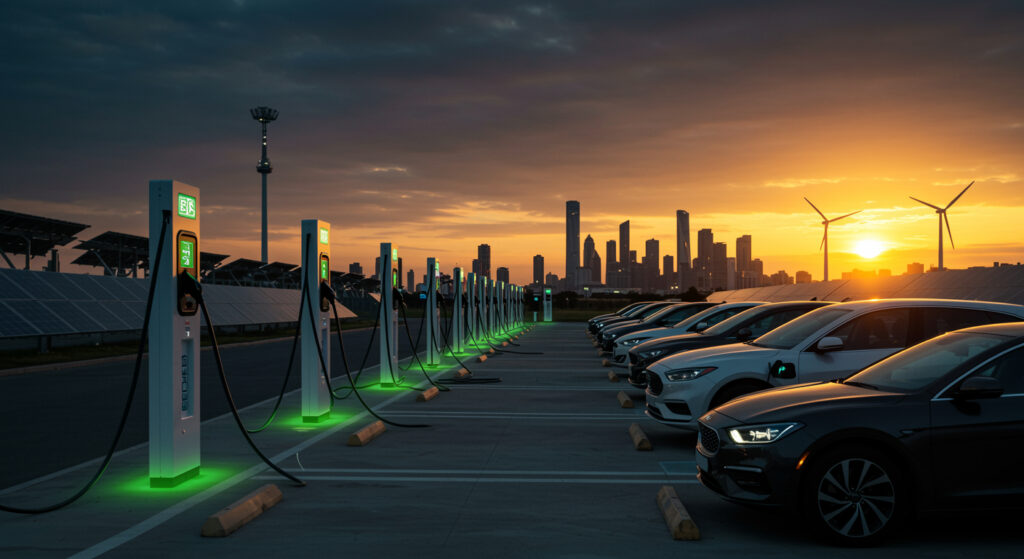Electric vehicles have shifted from novelty to necessity. As battery prices fall and fuel costs rise, India’s motorists are switching to cleaner transport in record numbers. For you, that surge offers a timely business opening: owning an EV charging station franchise. The following guide walks you through every critical angle—from the market momentum powering demand to the pounds-and-pence realities of installation, compliance and profit growth.
Why an EV Charging Station Franchise Is the Opportunity of the Decade
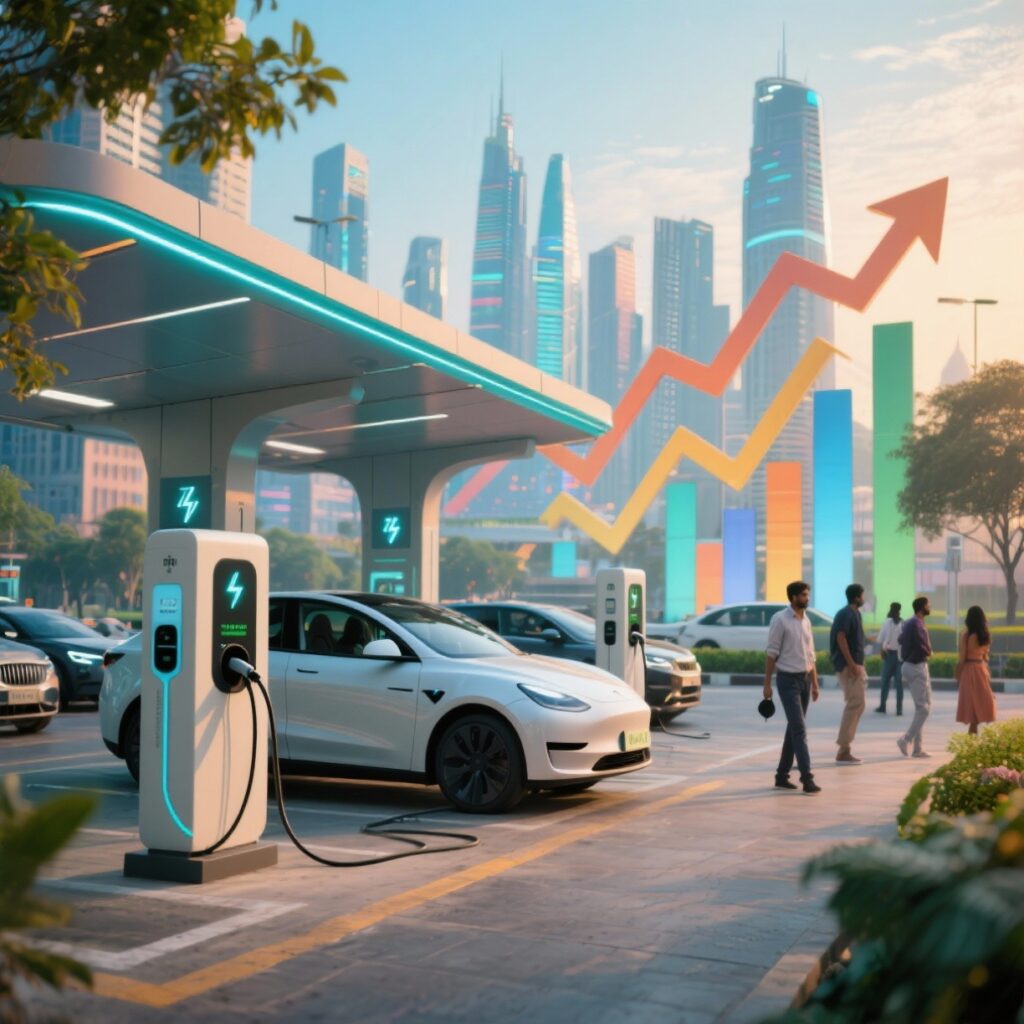 Vehicle data tell a clear story. In just one month, electric two-wheeler registrations jumped from 73,651 to 97,734, while electric cars climbed from 9,116 to 11,247. Forecasts point to 30 % of all new vehicles being electric by 2030, helped by generous central and state incentives. Demand is no longer confined to major metros; highways, tier-2 cities and industrial corridors now see regular EV traffic.
Vehicle data tell a clear story. In just one month, electric two-wheeler registrations jumped from 73,651 to 97,734, while electric cars climbed from 9,116 to 11,247. Forecasts point to 30 % of all new vehicles being electric by 2030, helped by generous central and state incentives. Demand is no longer confined to major metros; highways, tier-2 cities and industrial corridors now see regular EV traffic.
That shift puts charging infrastructure at the heart of India’s transport future. Unlike traditional fuel outlets, an EV station has comparatively low operating costs—no underground tanks, no volatile fuel deliveries and minimal staffing. Electricity tariffs stay relatively stable, and smart software lets you monitor usage remotely. Add profit-sharing agreements, fleet contracts and advertising income and you have a business with multiple revenue levers.
A turnkey franchise model removes the technical burden. Established energy companies and tech-led network operators handle site assessment, grid upgrades, charger procurement and back-end software, leaving you free to focus on customer experience and local partnerships. Because the same organisations run nationwide brand campaigns, your station benefits from instant visibility that would cost you dearly if you went it alone.
Crunching the Numbers: Capital, Cash Flow and ROI
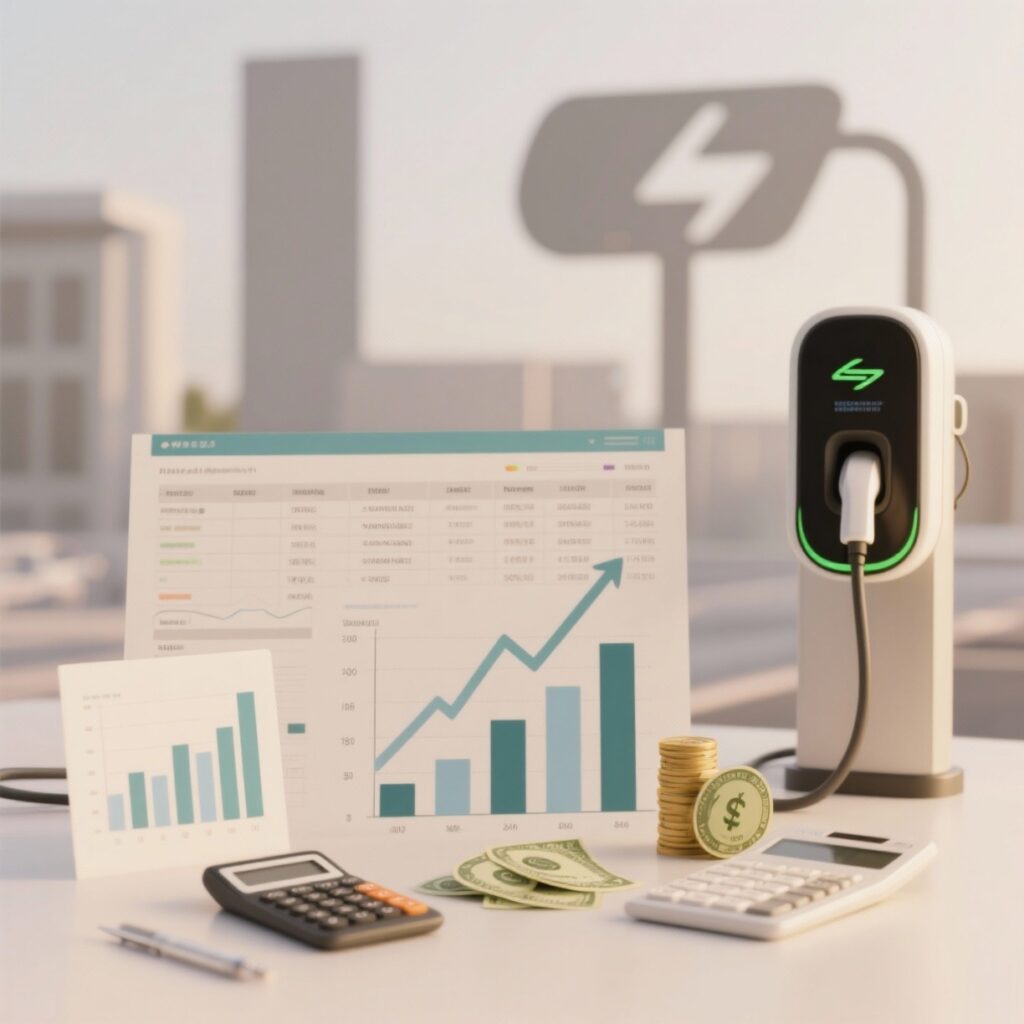
Your outlay depends on the charging mix and the size of the site. Broadly, investment spans ₹1 lakh for a small slow-charging point in a gated community to ₹10 crore for a multi-bay super-charging plaza with lounge facilities. Most entrepreneurs fall in the ₹1-2 crore bracket, which covers:
• civil works, electrical panels and safety gear
• two to four fast chargers (60–120 kW) and associated software licences
• franchise fees, branding and staff training
• working capital for the first six months
Revenue starts the moment your chargers are powered on. A busy highway location averaging 40 car sessions a day can earn ₹4–6 lakh in monthly gross receipts. After electricity costs, royalties and routine maintenance, net margins of 25-35 % are common. Many operators report breakeven within 18–24 months, quicker if they secure fleet tie-ups or advertising contracts early.
Should the upfront cost feel steep, tap financing support. Commercial banks classify charging infrastructure under priority lending, while the EV Mitra scheme reduces interest rates and offers partial credit guarantees. Several states also reimburse a share of the equipment cost or waive electricity-duty for the first few years, slicing thousands off your operating bill.
From Plot to Plug: The Practicalities of Setting Up
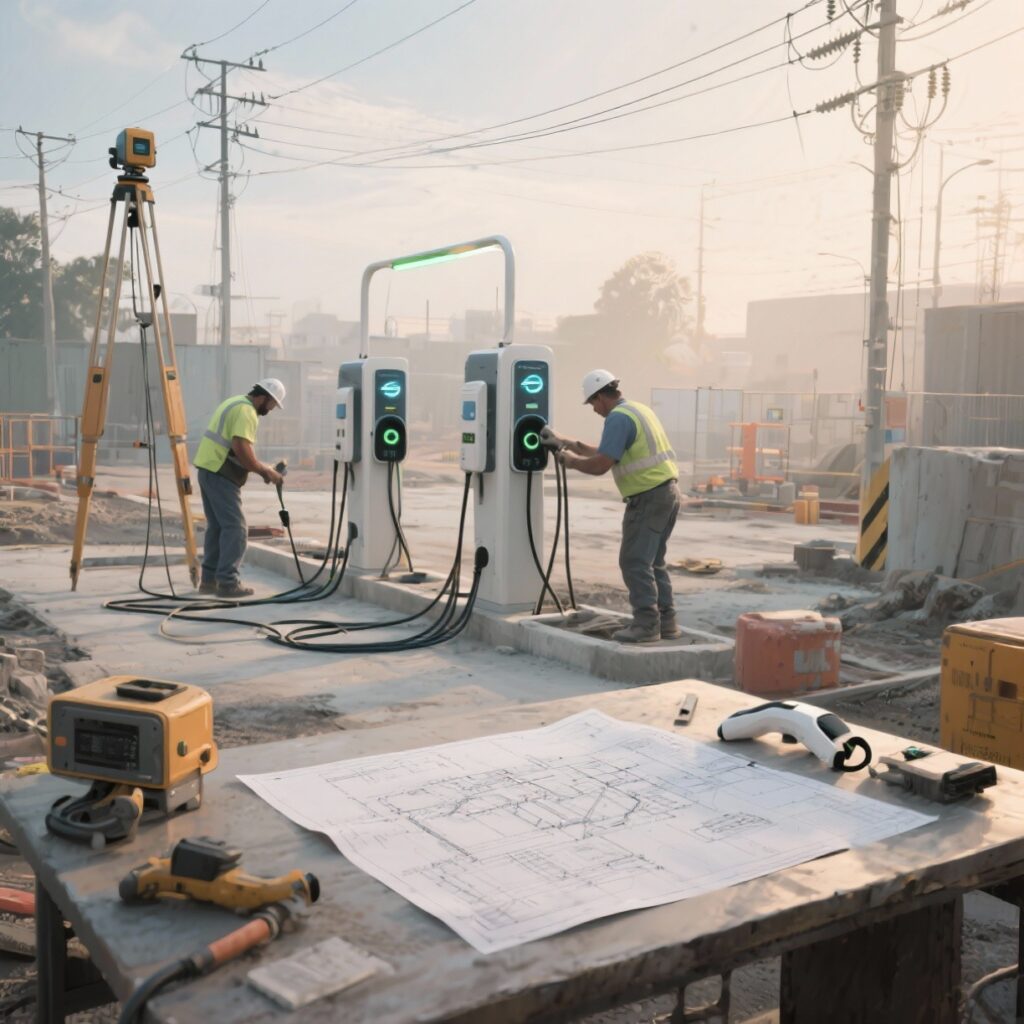
1. Site selection – High-traffic zones are indispensable. Think highway rest stops, IT parks, shopping malls and logistics hubs. Analyse dwell time; cars parked for 30-60 minutes give fast chargers enough time to add meaningful range.
2. Load assessment – Work with the local distribution company to confirm transformer capacity. Fast chargers pull 60 kW or more, so a robust connection and reliable back-up supply are vital.
3. Compliance checklist – The Ministry of Power sets installation standards covering earthing, surge protection and fire safety. Your franchise partner’s engineering team normally files the drawings and secures the necessary clearances.
4. Installation and commissioning – Once permissions land, contractors pour the plinths, lay conduits and mount dispensers. Modern chargers arrive pre-calibrated; network software is activated remotely through a central dashboard.
5. Branding and go-live – Wrap pillars, paint bays and erect totems bearing the franchise colours. A soft launch lets you fine-tune routing on navigation apps and test payment gateways before the official inauguration.
Crucially, ongoing maintenance is light. Routine visual checks and quarterly electrical tests spot most issues early. Cloud monitoring means anomalies trigger alerts at a 24/7 operations centre, allowing rapid remote resets or technician dispatch.
Turning Kilowatts into Cash: Proven Ways to Boost Revenue
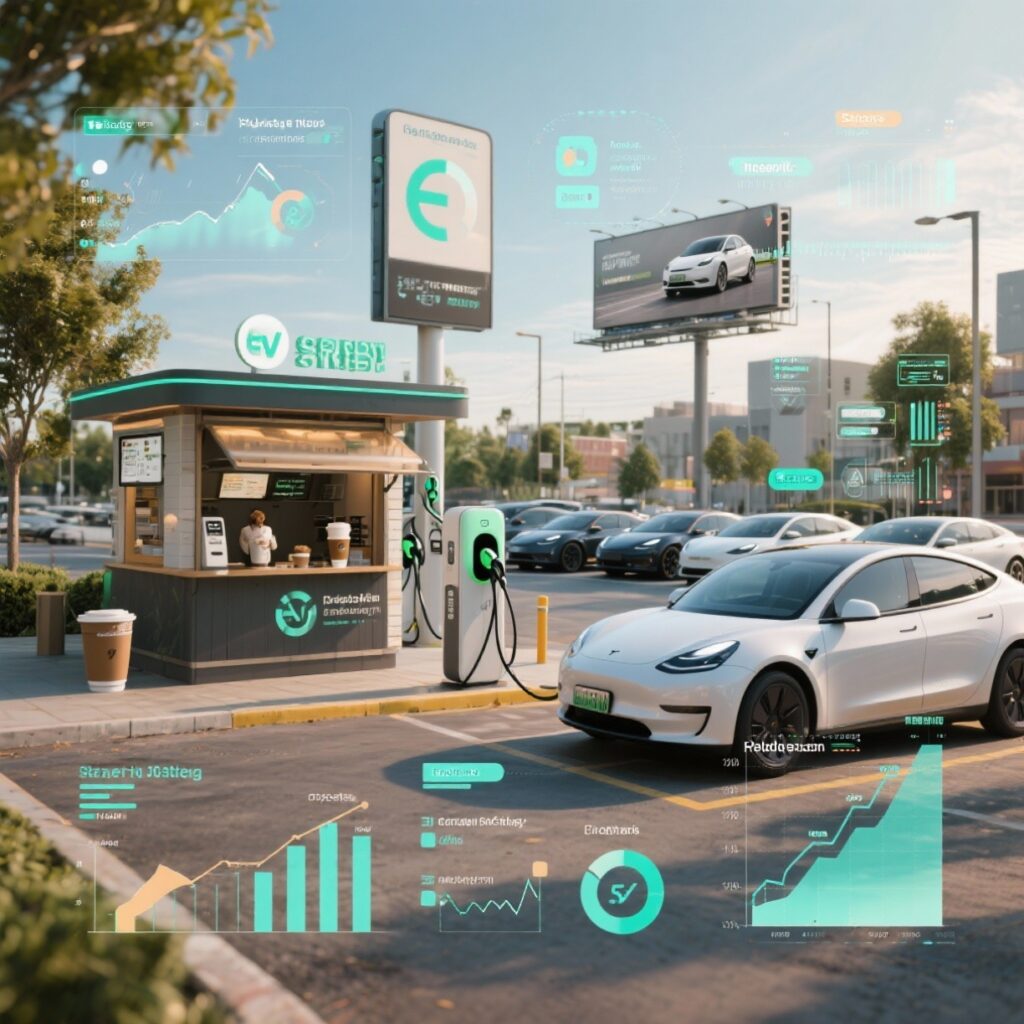
Charging fees remain your core income stream, and you can price per kWh, per minute or a blended model. Yet profitable stations rarely rely on energy sales alone.
• Fleet partnerships – Tie up with ride-hailing, logistics and corporate fleets for guaranteed off-peak utilisation. Bulk contracts stabilise cash flow and improve asset payback.
• Retail add-ons – While motorists wait, they buy coffee, snacks or vehicle accessories. A small kiosk can raise average spend per visit by 20 %.
• Advertising real estate – Digital billboards, pillar wraps and in-app promotions generate passive income. High-visibility sites often receive brand campaigns from EV manufacturers keen to target early adopters.
• Data services – Usage analytics packaged for city planners or grid operators turn anonymised session data into a fresh revenue line.
None of that pays off without reliability. Choose chargers backed by a network operations centre that tracks uptime round the clock. One leading franchise reports 98 % availability thanks to predictive maintenance, helping its operators out-earn independent peers by up to 15 %.
Navigating Policy and Compliance with Confidence
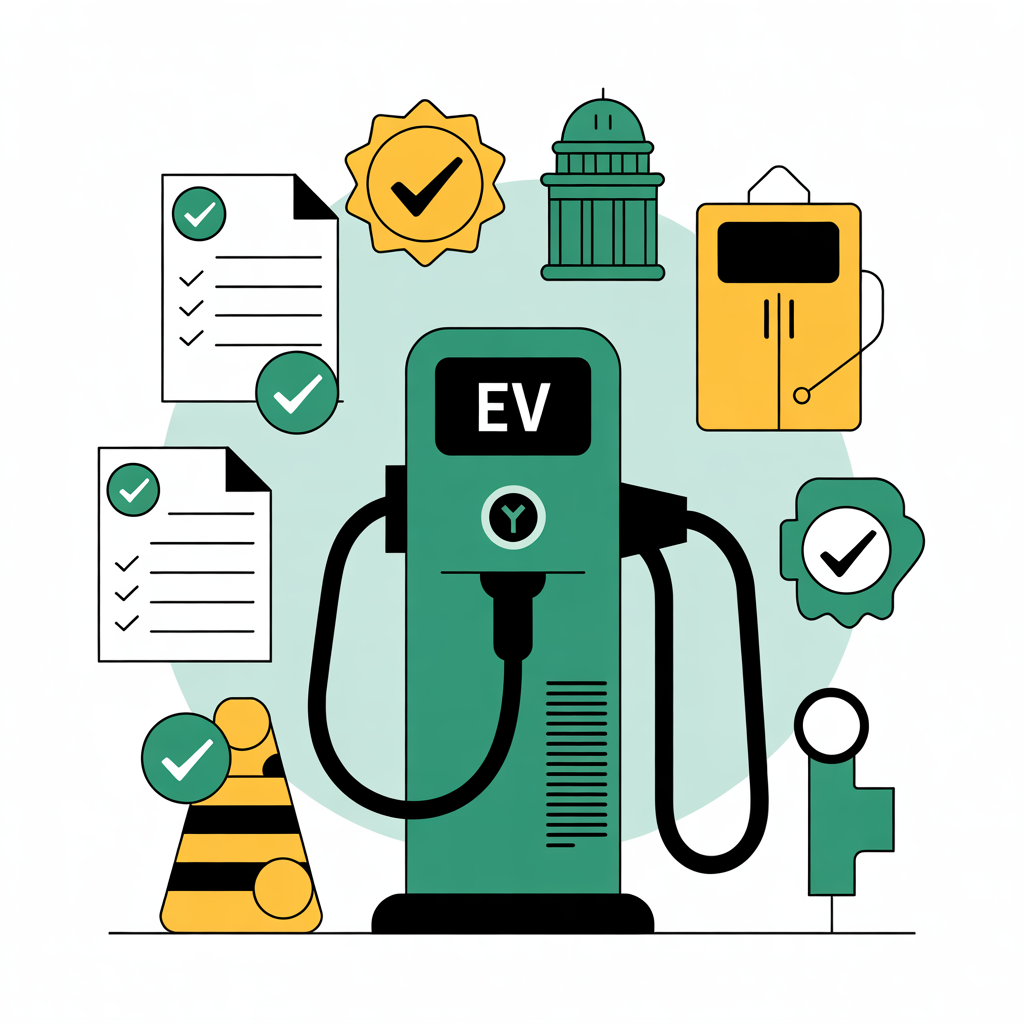
Unlike petrol pumps, an EV charging station requires no formal licence. You must, however, follow technical and safety norms:
• Bureau of Indian Standards rules for metering accuracy
• Central Electricity Authority guidelines on earthing, cable insulation and protection devices
• Interoperability protocols that let any app start a session at your site
States may cap service charges to protect consumers—Karnataka, for instance, sets an upper limit on what you can bill per unit. Always check state notifications before publishing tariffs.
Central support sweetens the proposition. FAME II subsidies partially offset equipment costs and exempt imported chargers from certain duties. Depreciation on charging assets runs accelerated schedules, slashing taxable income in the early years. All combined, you keep more of every rupee you earn.
Choosing a Franchise Partner and the Help You Should Expect
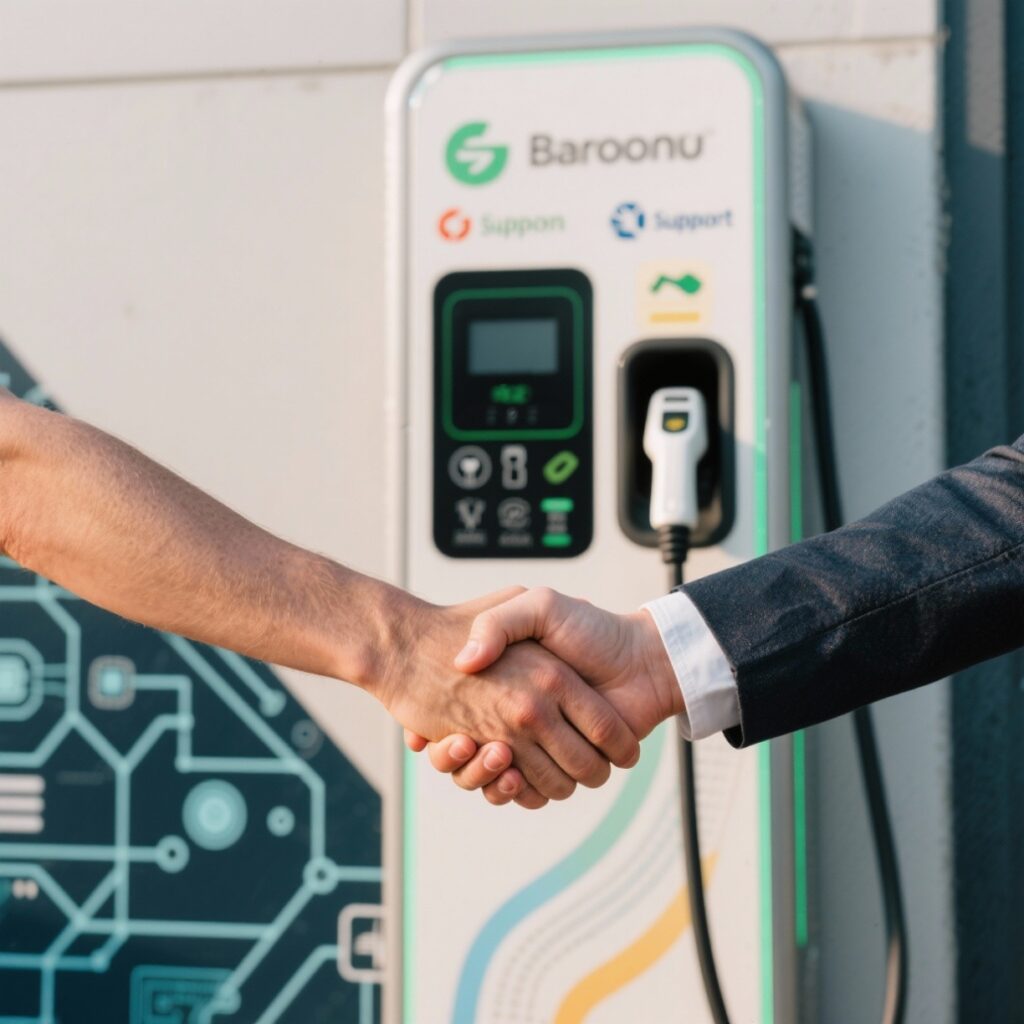
Not all franchisors are cut from the same cloth. A traditional energy giant offers unmatched grid expertise and a bankable brand; a tech-native network operator brings agile software, remote diagnostics and app-based loyalty. Whichever route you pick, insist on the following:
• Turnkey delivery – full site survey, design drawings, grid liaison and construction
• Equipment quality – rugged chargers with OCPP compliance for future upgrades
• Training – your staff should master basic troubleshooting, customer assistance and safety drills
• Marketing muscle – national campaigns, influencer tie-ups and regular in-app pushes drive footfall you could never replicate alone
• 24/7 support – a single helpline for technical faults, payment disputes or user queries
Some franchisors run a revenue-share model in lieu of traditional royalties, easing cash flow. Others bundle chargers, software and maintenance into a monthly subscription, ideal if you favour predictable costs. Read the fine print and model scenarios before signing the agreement.
Picking the Perfect Spot – Why Place Still Matters
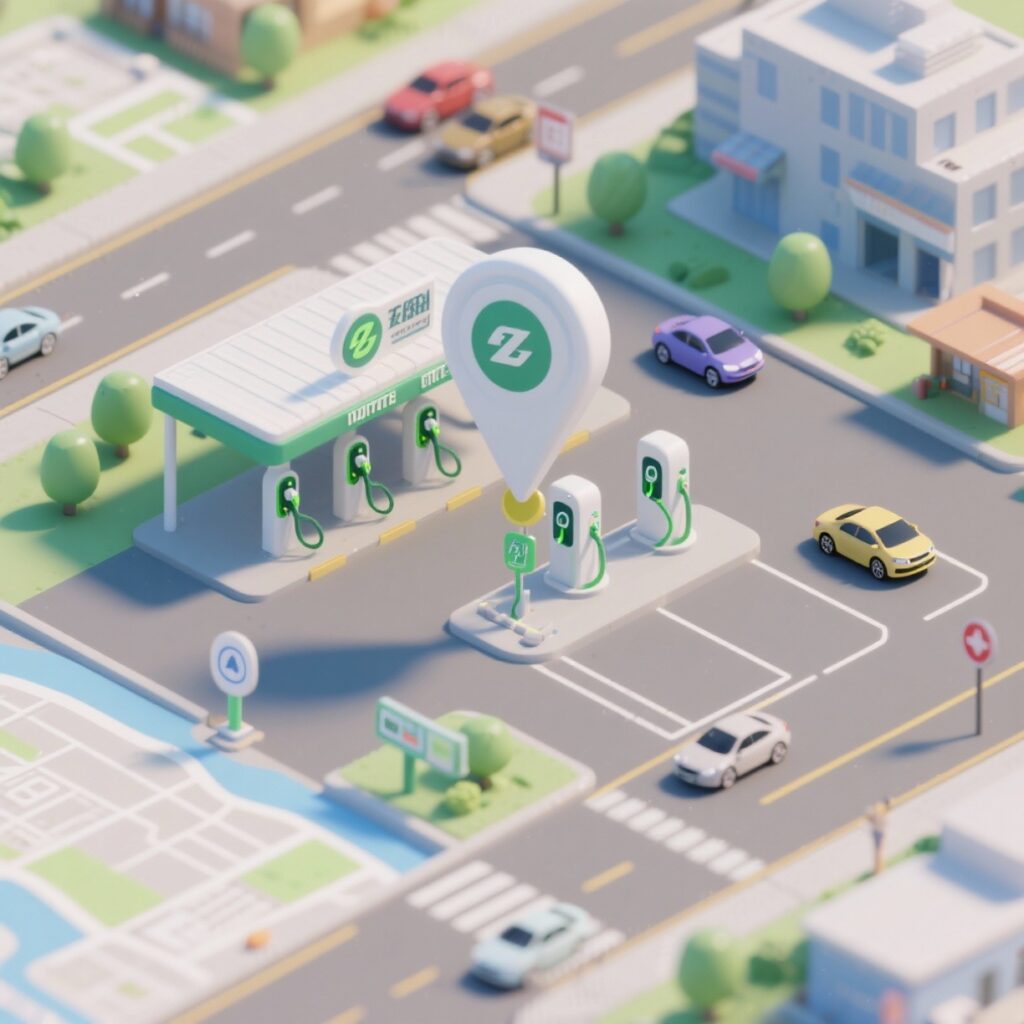
Take Bengaluru as a working example. The city expects EV numbers to rocket from 80,000 to 23 lakh by 2030. Tech campuses, eco-minded consumers and congested traffic combine to create enormous charging demand. A station inside a business park captures commuters on weekdays, while a roadside hub on the Bengaluru–Chennai highway serves holiday traffic and inter-city cabs.
Wherever you operate, assess:
• peak dwell times (office hours, night-shift changeovers, weekend getaways)
• proximity to cafés, washrooms and Wi-Fi that make the wait comfortable
• future EV manufacturing clusters—aligning with them ensures a steady flow of new vehicles needing your service
Partnering with component suppliers, battery recyclers or fleet managers further embeds your station within the EV ecosystem, reinforcing utilisation and brand recall. Modern, high-power hardware such as Thunderplus 150 kW chargers future-proofs your site as battery sizes grow.
Good location decisions set you up for a decade of high throughput; poor ones lock you into sluggish growth, however slick the technology.
Ready to join the EV revolution? Explore how ThunderPlus can help you establish your own charging station franchise and tap into the growing demand for electric vehicle infrastructure. Visit us at thunderplus.io for more details!
Frequently Asked Questions
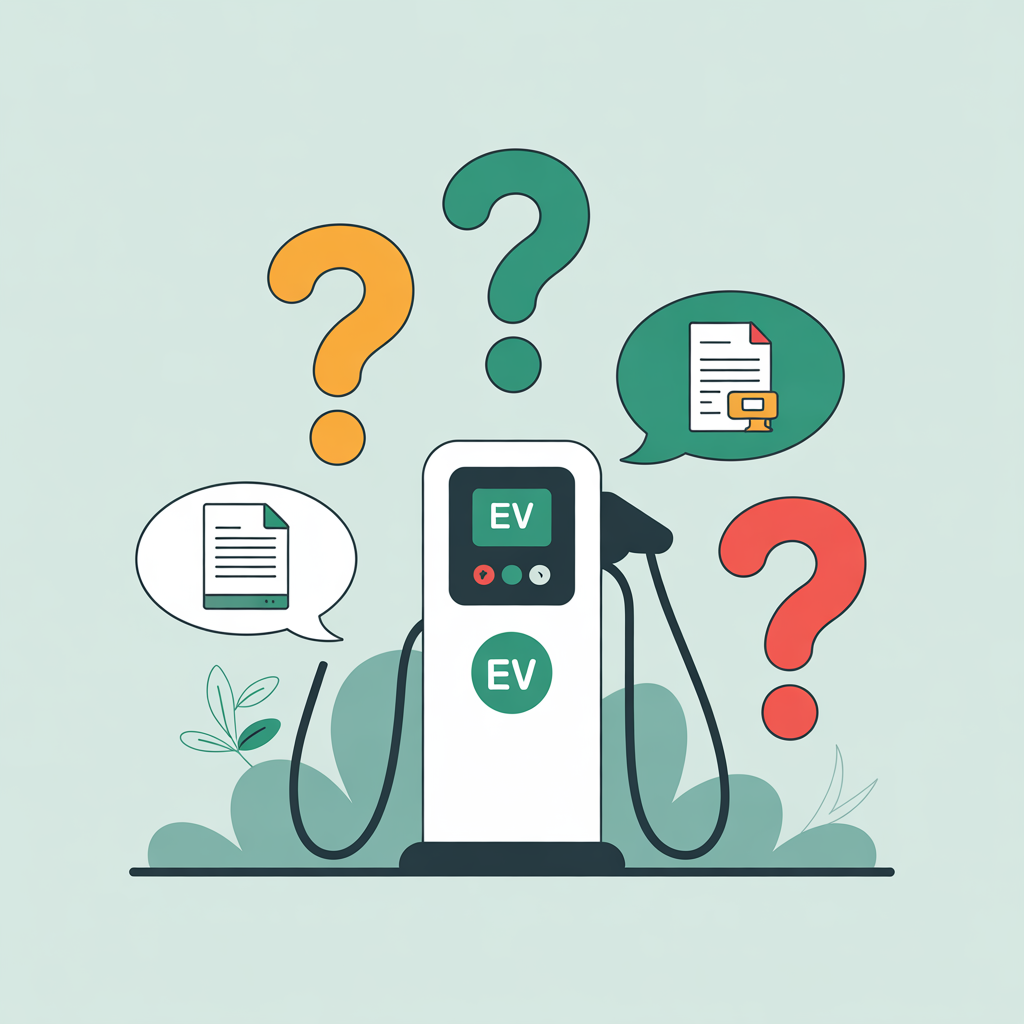
Q1. How to start an EV charging station franchise?
Begin by shortlisting reputable franchisors, submit an online enquiry and arrange a site survey. Once the provider approves the location, you sign a franchise agreement, secure grid connectivity, install chargers and complete branding before going live.
Q2. How to get an EV charging station franchise in India?
Most networks publish eligibility criteria on their websites. You will need proof of land ownership or a long-term lease, a basic load sanction from the local distribution company and capital to cover equipment and franchise fees. Meeting these benchmarks usually leads to quick approval.
Q3. What daily tasks will I handle once the station is operational?
You or a caretaker greet users, keep bays tidy, run safety checks and monitor the dashboard for alerts. Payments, software updates and major technical issues are managed remotely by the franchisor’s support team.
Q4. How does profitability compare with a petrol pump?
While turnover is lower, an EV station enjoys slimmer overheads—no fuel logistics, fewer staff and reduced insurance. Net margins of 25-35 % often outpace many traditional fuel outlets, especially when supplementary income such as retail sales is added.
Q5. What if a charger goes offline unexpectedly?
The network operations centre receives an automatic alert, attempts a remote reset and, if that fails, dispatches a technician. Meanwhile, your app can reroute users to the next nearest charger, protecting customer satisfaction and revenue.
Q6. How much will I spend on electricity each month?
For a mid-sized fast-charging site processing around 35 MWh, expect an electricity bill of roughly ₹3-4 lakh, depending on state tariffs. Demand charges and time-of-day rates can be optimised via smart charging profiles to keep costs down.


